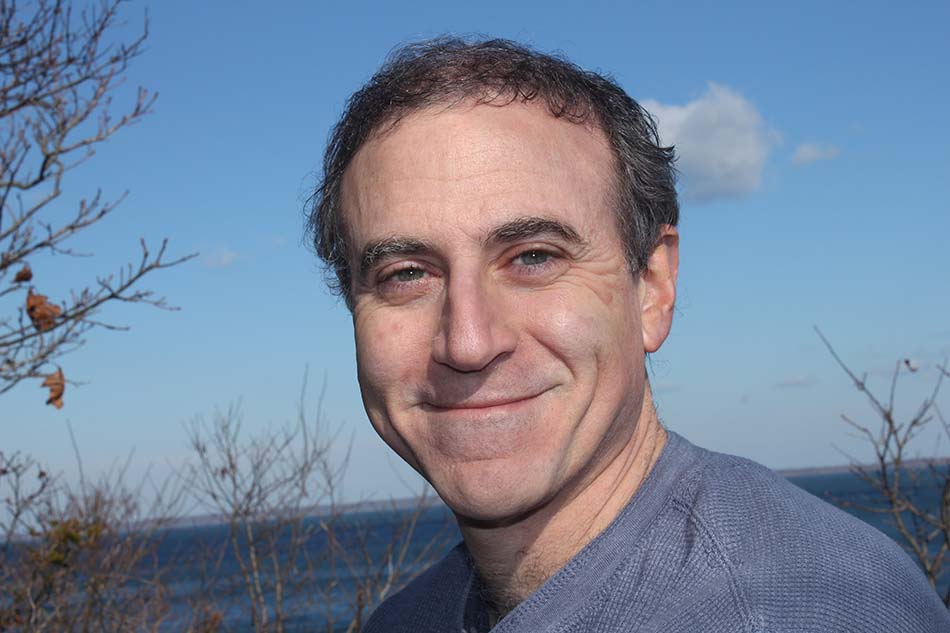The Story Behind Broadcasting’s WOW Factor
Click here for more on B&C's 80th Anniversary
For many local TV viewers and radio listeners throughout the U.S., call letters have been an important signpost for anyone tuning in, and a great marketing tool for stations. But have call letters also enjoyed a strange, varied and rich history in broadcasting? OMG, yes. (And by that we mean WOMG, a South Carolina FM station boasting of, appropriately enough, its “Oldies MaGic.â€)
Call letter choices for radio and TV stations have been like vanity license plates, picked at times to denote station owners (WMAQ-TV Chicago got its name from one-time owner William A. Quinn, publisher of ‘The Chicago Daily News’) or the people they love (In 1988, Oxnard, Calif.’s KBEH was renamed KADY by then-owner Meshulam Riklis to honor the role his wife, Pia Zadora, played in the notorious Hollywood bomb ‘Butterfly’). Some have been used to promote religious programming (WGCB in Red Lion, Pa., uses the letters to represent “God, Christ and the Bibleâ€). There’s even been a WHIM and a WHER, the latter being a one-time AM “all-girl†radio station created in Memphis by Sun Studios founder Sam Philips. It later reportedly became a sports-focused, mixed-gender station called WWEE, and is now Radio Disney affiliate WWOW.
Back in the 1920s, through the earliest days of radio, there was no freedom of call letter choice, as handles were handed out by the Federal Radio Commission, according to Bob Nelson, the master collator of an outrageously complete Website of historical and current call letters that will make you exclaim “WHOA.†(Nelson’s list can be found at nelson.oldradio.com/origins.call-list.html.) “And they went in order: WAAA, WAAB,†Nelson says.
Years later, the commission loosened regulations, allowing, among many other stations, WIS radio and later TV in Columbia, S.C. to give honor to the “Wonderful Iodine State.â€
The advantage of being able to choose your call letters meant you could also— with Federal Communications Commission approval—trade them. “I once managed a station, WLUP in Chicago, in the late ‘80s, and it was changed to WMVP AM 1000,†recalls Larry Wert, now president and GM of NBC 5/WMAQ-TV. “We wanted to make WLUP all-sports, and we looked at a list of call letters and found in Milwaukee a WMVP owned by former all-pro Green Bay Packers player Willie Davis. His station was Christian, and the call letters were only a sign of his personal achievement and memories. We met with him and he was a great guy and we made a deal. We gave him promotional commitments, and he gave us the call letters.â€
History is filled with some true, and some perhaps tall-tale, call letter origins and slogans. Yes, Stephen and Tabitha King co-own Bangor’s WZON, so-named in tribute to the author’s ‘The Dead Zone’. Yes, WATD founder Edward Perry admits on his station’s Website that, after a few libations—and in celebration of overcoming many obstacles—he chose those call letters for the station, built near a landfill in Marshfield, Mass., because they meant “We’re at the Dump.†But, did the original owner of Carrollton, Ga.,’s WLBB really “Love Butter Beans?†Did Colorado’s KFEL really stand for “Kan’t Find Enough Liquor?†And did Peabody, Mass.’ WUPY owners name their station to mean, simply, “Whoopie?â€
Nothing would be surprising, since the great thing about call letters has been their sometimes wondrously arbitrary nature, and every one seems to have its story. In 1984, KSD-TV in St. Louis was being traded to Multimedia. Then-GM Ray Karpowicz, father of ‘B&C’ Hall of Famer Paul Karpowicz, had to switch the call letters, which were to be retained by radio station KSD. “So we went from that to KSDK,†Karpowicz recalls. “The reason for the K was, as I said at the time, ‘K’ is just as good as any initial; plus it stands for ‘Karpowicz.’ So it became KSDK. I don’t think anyone worried or cared about it— and I was happy. And it worked out fine.†And then, as if to imply that there was a more sophisticated reason all along, he adds, “Plus, it rhymes.â€
The smarter way to stay on top of broadcasting and cable industry. Sign up below
Rob has written for Broadcasting+Cable since 2006, starting with his work on the magazine’s award-winning 75th-anniversary issue. He was born a few blocks away from Yankee Stadium … so of course he’s published three books on NASCAR, most notably, Full Throttle: The Life and Fast Times of NASCAR Legend Curtis Turner. He’s currently the special projects editor at TV Guide Magazine. His writing has appeared in The Washington Post and his origami art has been in The Wall Street Journal. He lives with his family in New Jersey and is writing a novel about the Wild West.

